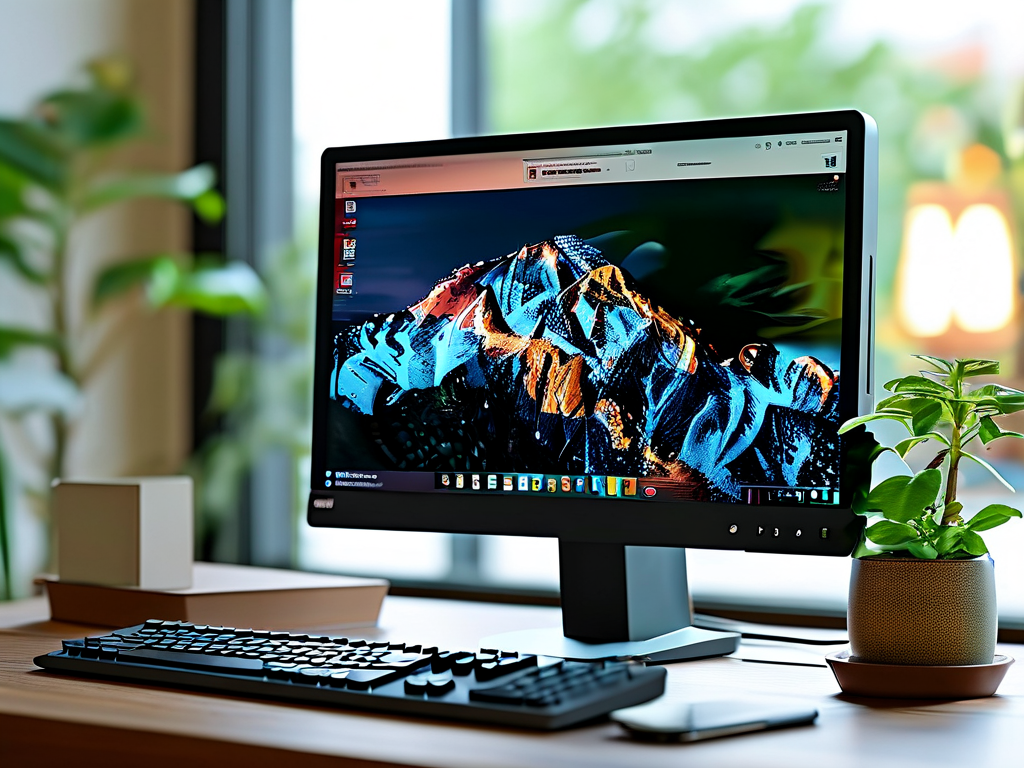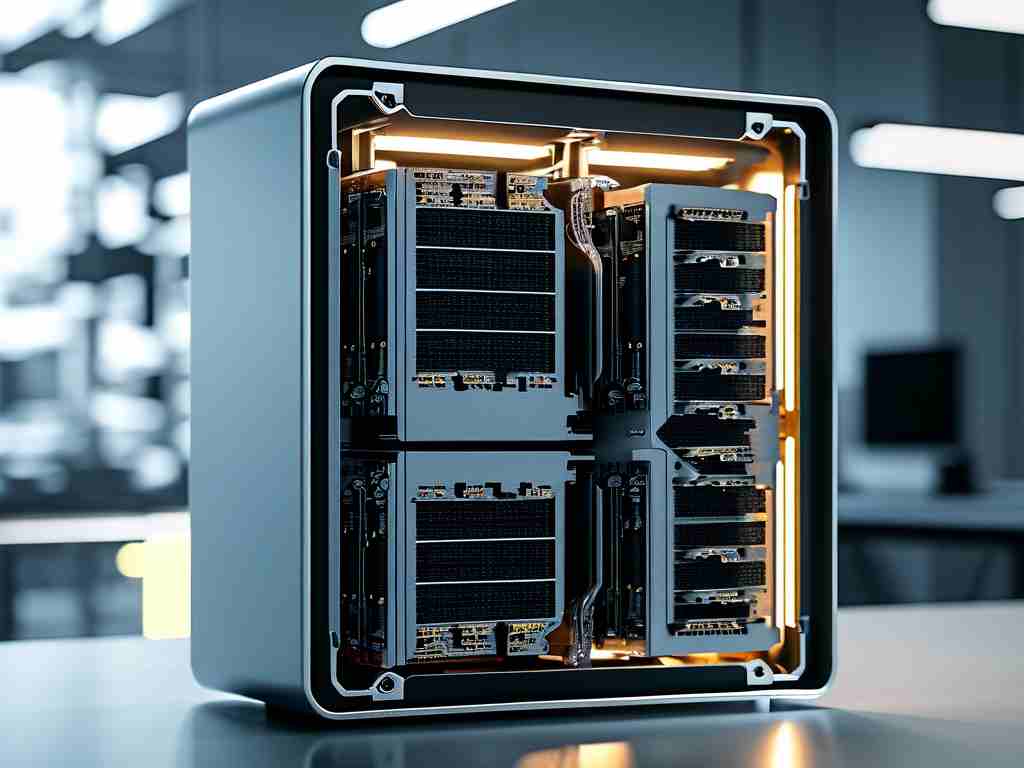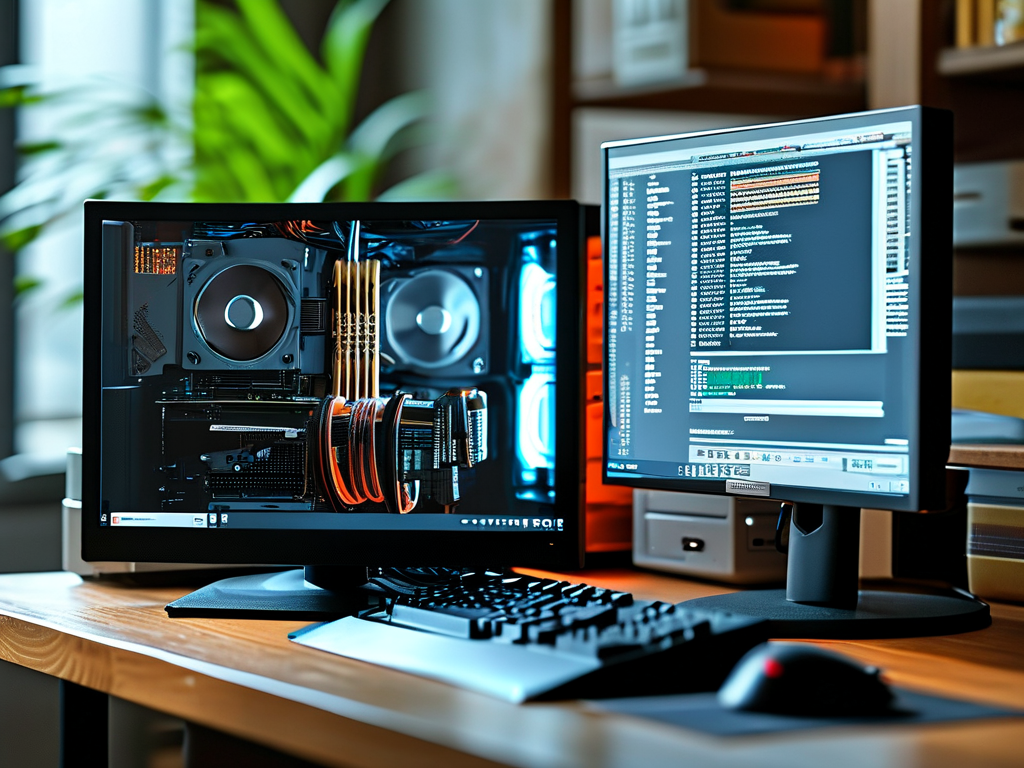With the increasing demand for multitasking and resource-intensive applications, managing 32GB of RAM effectively has become critical for both professionals and enthusiasts. This article explores practical approaches to optimize memory usage while avoiding common pitfalls, ensuring your system runs at peak performance.
Understanding 32GB RAM Utilization
Modern operating systems automatically allocate RAM based on workload demands, but manual intervention often yields better results. For Windows users, the Resource Monitor (accessible via Task Manager) provides real-time insights into memory distribution. Linux users can leverage commands like free -h or htop to monitor usage. A common misconception is that unused RAM is "wasted" – in reality, systems cache frequently accessed data to accelerate operations, which explains why 60-70% occupancy is normal even during idle periods.
Prioritizing Workload Allocation
Applications like video editors (e.g., Adobe Premiere) or 3D rendering tools (Blender) benefit from dedicated memory reservations. On Windows, use the System Configuration tool (msconfig) to allocate resources to specific processes. For developers running virtual machines, tools like VMware Workstation allow manual RAM assignment per VM instance. A balanced approach reserves 40-50% of total RAM for critical applications while leaving the remainder for system processes and caching.
Combating Memory Leaks
Even with ample RAM, poorly optimized software can degrade performance. Monitor suspicious processes using:
Get-Process | Sort-Object -Property WS -Descending | Select-Object -First 10
This PowerShell command identifies the top 10 memory-consuming processes. Regularly update drivers – outdated GPU drivers are notorious for causing memory leaks in gaming setups.

Virtual Memory Configuration
While 32GB reduces reliance on page files, properly configuring virtual memory remains essential. Set a fixed size (1.5x physical RAM is outdated advice). For 32GB systems, a 4-8GB page file on an NVMe SSD strikes the best balance between stability and storage efficiency. Adjust this through:

- Control Panel > System > Advanced system settings
- Performance Settings > Advanced > Virtual Memory
Overcommitment Risks in Linux
Linux's memory overcommit feature allows allocating more RAM than physically available. While useful for specific workloads, this can cause unexpected crashes. Modify the vm.overcommit_ratio parameter cautiously:
sudo sysctl -w vm.overcommit_ratio=80
This limits memory overcommitment to 80% of physical RAM plus swap space.
BIOS-Level Optimization
Many users overlook firmware settings affecting RAM performance:
- Enable XMP/DOCP profiles for rated speed
- Disable unused onboard devices (e.g., legacy COM ports)
- Adjust memory training voltages for stability during overclocking
Monitoring Tools Comparison
Third-party utilities provide deeper insights than native OS tools:
- MemTest86+ for hardware diagnostics
- Process Lasso (Windows) for automated process prioritization
- BCC Tools (Linux) for advanced memory analysis
Common Misconfigurations
- Disabling Superfetch/SysMain: This Windows service actually improves performance by preloading frequently used data
- Overzealous memory "cleaners": Most third-party RAM booster apps degrade performance through unnecessary flushing
- Ignoring NUMA Architecture: On multi-CPU systems, improper memory node allocation adds latency
Future-Proofing Considerations
As DDR5 adoption grows, ensure your 32GB kit operates in gear-down mode (GDM) for better compatibility. For content creators, workstation-grade ECC RAM becomes valuable when processing mission-critical data, despite its slight performance penalty.
By implementing these strategies, users can extend hardware longevity and maintain consistent performance across demanding workloads – from machine learning pipelines to 8K video production. Regular monitoring paired with deliberate configuration adjustments transforms raw memory capacity into tangible productivity gains.









